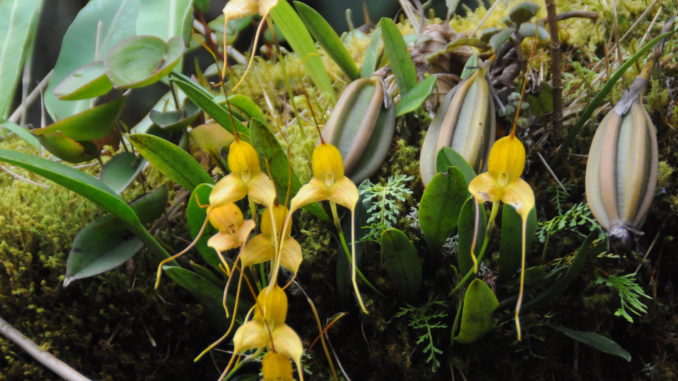As already mentioned under what are orchids and what is so special about them?, orchids develop an almost countless number of seeds that do not get any nutrient tissue from the mother plant and therefore lack the ability to germinate on their own. After ripening of the seeds the seed pods break open and the tiny seeds are distributed by wind into large areas were they hopefully land on a place were they have access to special environmental fungi that help them germinate.

In the past it was a big challenge to propagate orchids as it was nothing known about their special reproductive cycle involving different microscopic fungi. Therefore it was necessary to supply the growing demand for orchid species in Europe by collecting them in their natural habitat and bringing them to Europe. This lead to a significant reduction of orchids in the tropical regions. Now some of the big flowering Cattleya are almost completely extinct in the wild. However, now we know how to propagate orchids by seed without the need of environmental fungi. The seeds can also be germinated on special nutrient media in a laboratory. This must be done under sterile conditions since mold and bacteria also very much love these nutrient media and would overgrow the young orchids.
Our members Thomas and Lotte Ederer specialised on the propagation of orchids by seed in a laboratory and they wrote an interesting article about the history of orchid propagation (german). This article is also interesting for all orchid lovers that have an interest in trying to propagate orchid seeds with the helb of symbiotic fungi at home.
You can find more information about the topic and also some tutorials for orchid propagation at home under www.orchideenvermehrung.at

